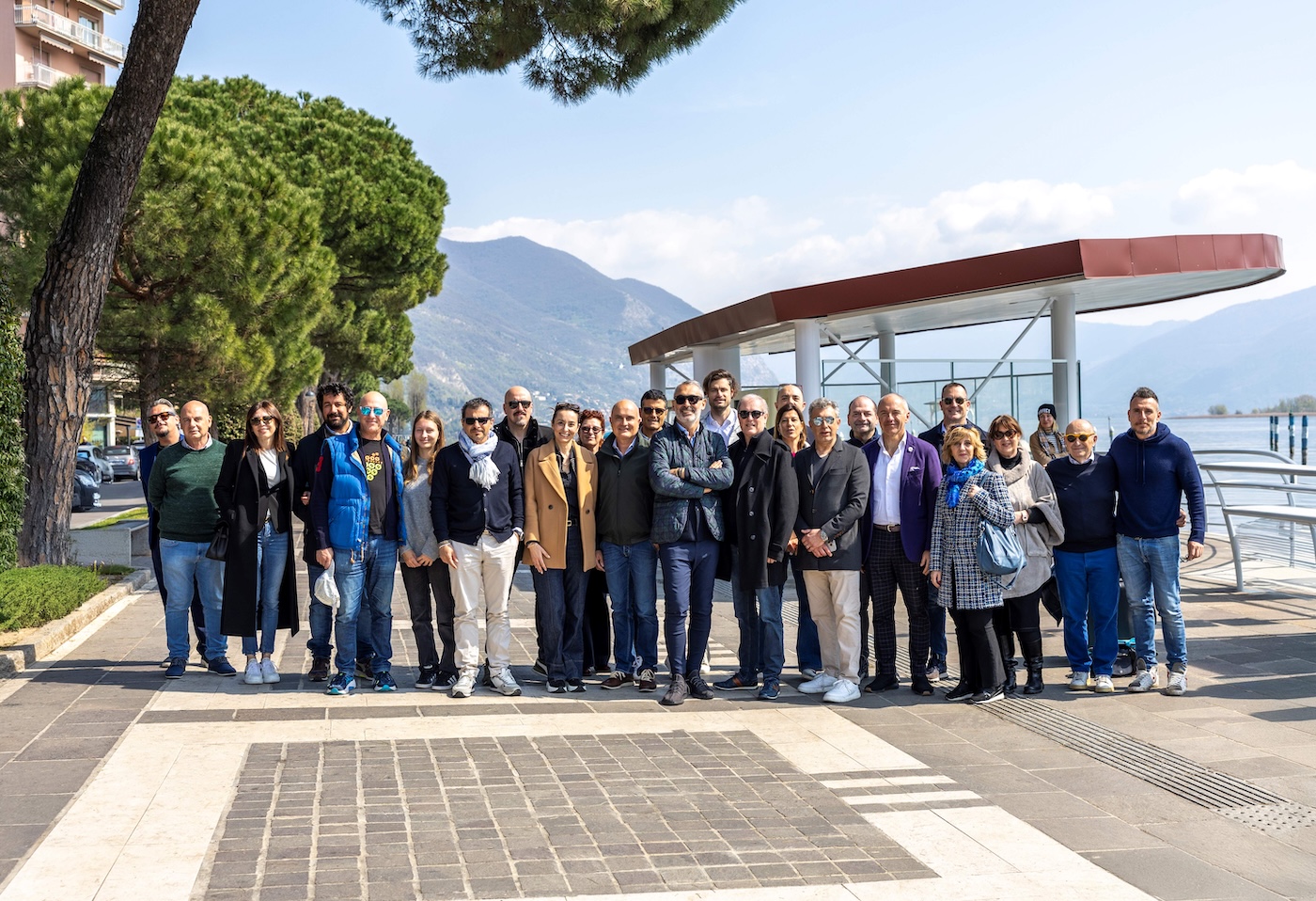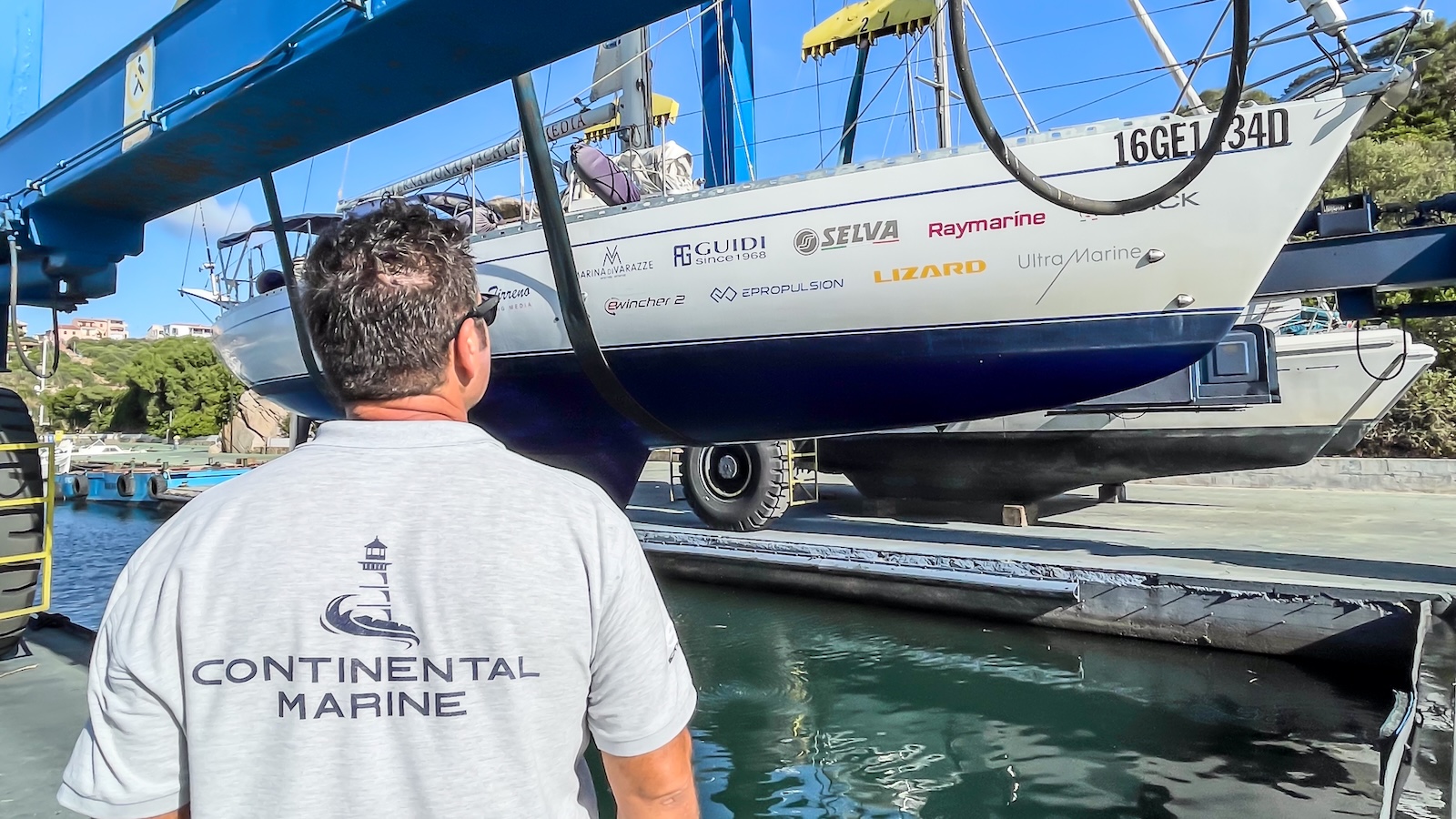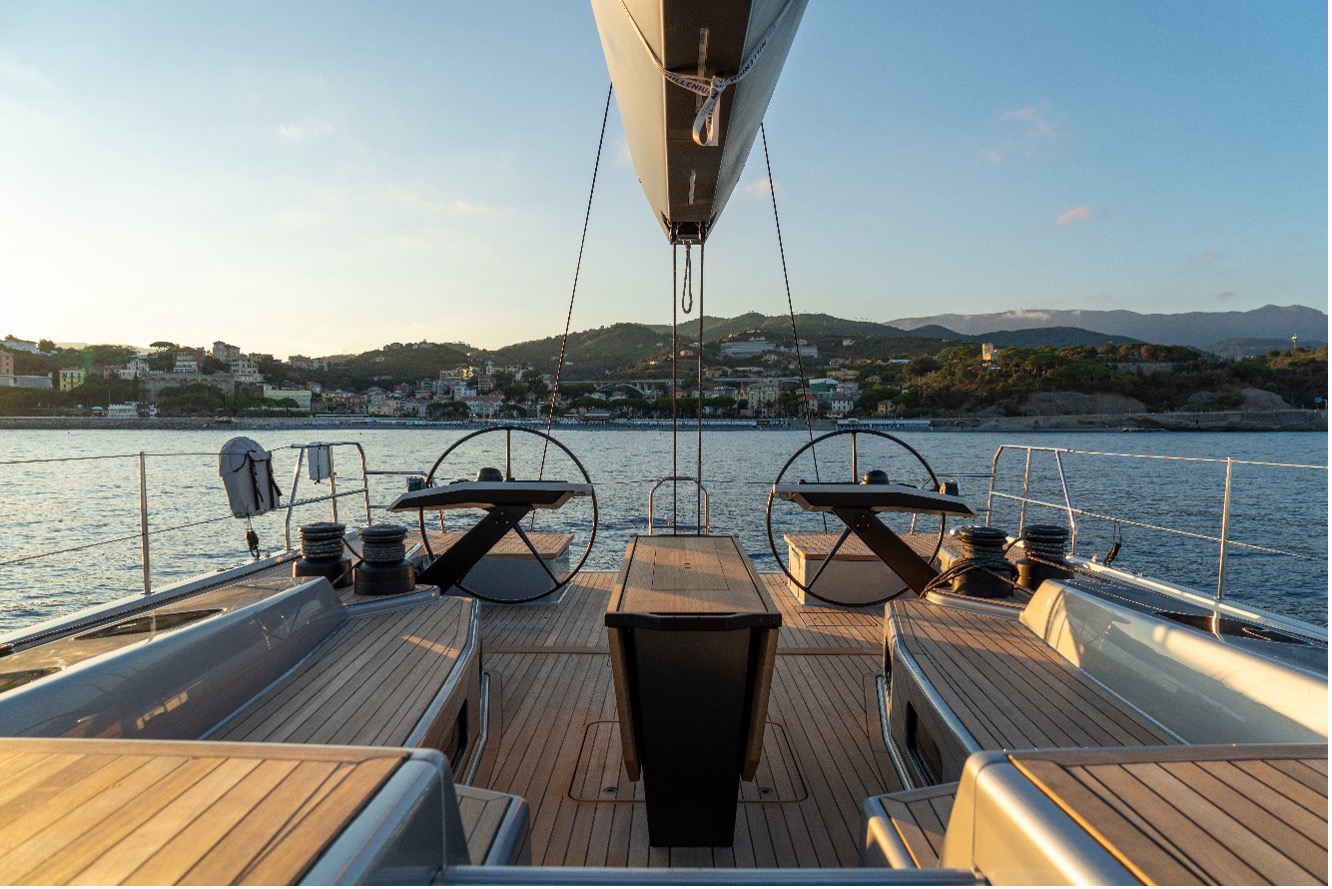Like all maneuvers, lowering the mainsail includes a sequence of actions and some precautions to be safe and successful.
Let’s see the traditional method, with the mainsail luffing in headwind. We’ve already seen that, in particular conditions, it is possible to reef or lower the mainsail even in other sailing points. In normal conditions, spilling the mainsail by heading to wind is the easiest maneuver.
The first step is to “weaken” the mainsail while keeping headwind. In order to prevent genoa from crushing into the bow triangle, remember to lower and haul it down. In order to give manoeuvrability to the boat, the first step is to start the engine.
Like a conditioned reflex, every time we think about lowering, we must immediately consider uphaul to support the boom in absence of the mainsail.

But in order to raise the boom a little through the uphaul tension we must intervene on two riggings which hold it downward: the vang and the mainsail sheet that we must slack to let the boom raise a little.
It’s better to reduce the time when the mainsail beats because it’s not a good idea to make its life longer.
So, we must slack the sheet and vang and haul the uphaul. Then, we’ll be ready to bring the bow to the wind. Meanwhile, we must prepare the mainsail halyard to let it flow well ad with two turns around the winch in order to control the downhaul when the stopper is open.
The stopper lever might be very hard. If we use all our weight, it will certainly open but with the risk to break the inner mechanism. So, it’s better to give a half winch turn with the crank until we perceive a lever click.
With the bow to the wind and the mainsail luffing, we are ready to lower.
The maneuver must be fluid and fast. Sure that the halyard is completely free and unobstructed, we must remove a turn from the winch and luff the halyard fast.
Especially if the boltrope, that is the front part of the sail, has no carriages, the mainsail will be lowered in very few seconds. If we have a lazy bag, we’ll put it inside without the problem to fold it.
If we have a person who can help us on the deck, he could spread the mainsail out on the boom while we are lowering it. But use caution: when we have a crew working on the deck, we must remember to close the hood. While the mainsail will be lowered, reefing lines will lower. They are a potential danger for the neck of people staying in the cockpit. So, we must lower fast or grasp them with our hands and put them in the lazy bag.
The maneuver is finished. So, we’ll arrange the mainsail on the boom and we’ll sail to our destination.






























3 Responses
Thank you very much Jeramy, stay tuned in 2/3 days we’ll be online with the full english version of the entire web portal.
The staff
Have experience with this issue starting in the 1960’s. Personal preference is the Dutchman Furling system.
Good article as it makes some basic yet important points.
It amazes me how many people fear reefing the main and when discussed, it is apparent that they do not have the basic understanding that first you must relieve luff tension and you must raise the outboard end of the boom with your topping lift.
I take for granted (having had learned as a young teen) how many sailors do not realize that the easiest way to depower a sail is raise the clew way up. This directly applies to head sails as well. Say the head sail sheets become un attached while under way, the easiest way to depower the sail while reattaching sheets (not letting it flog you all over the fore deck) Raise the clew way up !
Main/boom topping lifts are for reefing, supporting the boom while not under way is a byproduct not the prime function !